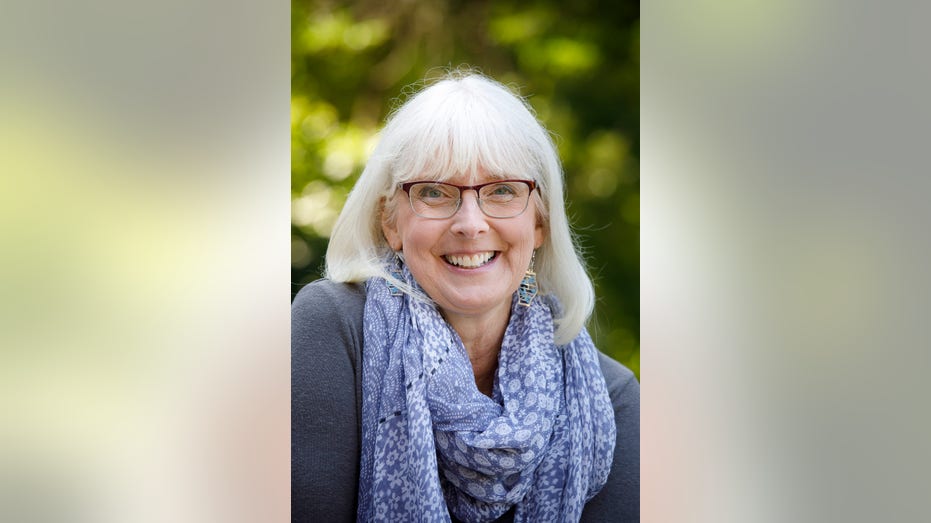Last year, more than 80,000 qualified applicants were not accepted at schools of nursing largely because of shortages of faculty, clinical sites, and other supporting resources
By Diane White Husic | December 31, 2022
There were 4.3 million U.S. births in 1957, the peak year of the Baby Boom. Come Jan. 1, 2022, that multitude begins turning 65, for most still a psychological milestone on the road to retirement.
While the Great Resignation continues to garner most of the attention these days, at least some alarm is being raised about the impending effects of the "Great Retirement" on all manner of industries and professions. Few will be impacted more, to the detriment of more Americans, than nursing.
Well before the COVID-19 pandemic, many in the health care industry were actively concerned about a persistent worldwide nursing shortage. Long hours and short staffs during the nation’s long COVID response and recovery have only compounded the problem, with recent studies documenting extreme exhaustion, physical discomfort, and emotional distress across an already stressed nursing workforce. And yet, often inspired by the images of nurses serving valiantly on the frontlines of the pandemic, large and growing numbers of new recruits are applying to nursing programs nationwide. We should be concerned that there won’t be enough faculty there to greet them when they arrive.
Last year, according to data from the American Association of Colleges of Nursing (AACN), more than 80,000 qualified applicants were not accepted at schools of nursing largely because of shortages of faculty, clinical sites, and other supporting resources.
The total included more than 66,000 absent from entry-level baccalaureate programs, though most worrisome to the AACN were the 12,871 applications turned away from graduate programs, which will only further limit the future pool of potential nurse faculty.
We see both these phenomena up close from our window overlooking east central Pennsylvania, where there has been significant growth in Moravian University’s Accelerated BSN and Nurse Practitioner programs, even as we currently search to fill six faculty positions resulting mostly from recent retirements.
In this post-industrial segment of the United States, the aging of America is also more obvious, perhaps, than other regions. Though the gray wave or so-called Silver Tsunami is shortly to wash across the whole country, with those 65 and older projected to nearly double from 52 million in 2018 to roughly 95 million by 2060. In half that time or around 2034, says the U.S. Census Bureau, older adults will outnumber children (under 18) for the first time in the nation’s history.

Diane White Husic, Ph.D., is dean of the School of Natural and Health Sciences at Moravian University in Bethlehem, Penn. (Moravian University)
To read the entire op-ed on the Fox Business website, please visit: COVID will continue to highlight America's nursing shortage in 2022 and the looming ‘silver tsunami'.
